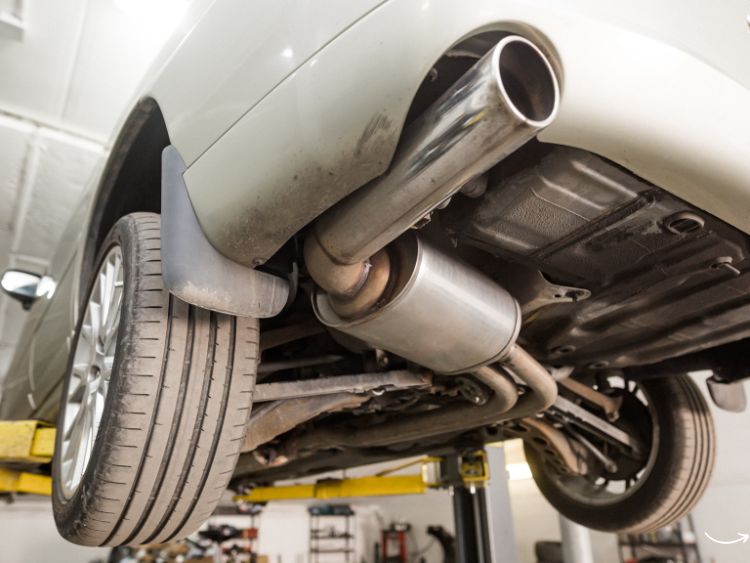Automotive painting isn’t just about making your car look good—it’s an art and a science. Whether you’re touching up a scratch or giving your vehicle a brand-new look, understanding the basics of automotive painting can save you money and guarantee a showroom-worthy finish. So, grab your spray gun and let’s dive into this colorful world!
What is Automotive Painting?
Automotive painting involves applying paint and protective coatings to a vehicle’s surface. It not only enhances the car’s appearance but also provides protection against rust, UV rays, and environmental damage.
Tools You Need for Automotive Painting
Before you begin, ensure you have the right tools:
- Spray Gun: A high-quality spray gun ensures even paint application.
- Air Compressor: Essential for powering your spray gun.
- Sandpaper: For smoothing the car’s surface.
- Primer: Prepares the surface for paint.
- Paint and Clear Coat: Choose high-quality products for the best finish.
- Masking Tape and Paper: To protect areas you don’t want to paint.
- Protective Gear: Gloves, goggles, and a respirator mask are non-negotiable.
Step-by-Step Guide to Automotive Painting
1. Preparation is Key
Preparation is the foundation of any successful paint job.
- Wash the car thoroughly to remove dirt and grease.
- Sand the surface to remove old paint and rust.
- Apply masking tape to protect windows, lights, and other areas.
2. Apply Primer
Primer is essential for a smooth and durable finish.
- Use a spray gun to apply an even coat of primer.
- Allow the primer to dry completely before sanding it lightly for a smooth surface.
3. Painting the Car
Now comes the fun part—painting!
- Mix your paint according to the manufacturer’s instructions.
- Apply multiple thin coats, allowing each layer to dry before adding the next.
- Use long, even strokes to avoid drips and uneven coverage.
4. Add a Clear Coat
The clear coat protects your paint and adds a glossy finish.
- Apply two to three thin layers of clear coat.
- Let it cure completely before handling the car.
Tips for a Flawless Finish
- Work in a Dust-Free Environment: Dust can ruin your paint job.
- Practice on Scrap Material: Before painting your car, practice your technique.
- Use the Right Temperature: Paint adheres better in moderate temperatures.
- Keep the Spray Gun Moving: Avoid staying in one spot to prevent drips.
FAQs About Automotive Painting
1. Can I paint my car at home?
Yes, but it requires the right tools, a well-ventilated space, and patience.
2. How much does it cost to paint a car?
Costs vary widely based on materials and labor but typically range from $500 to $5,000.
3. How long does automotive paint last?
With proper care, automotive paint can last 10 years or more.
4. What is the best type of paint for cars?
Urethane paints are durable and provide a high-quality finish.
Summary
Automotive painting is a rewarding skill that combines creativity and technical expertise. By following the steps and tips in this guide, you can achieve professional results whether you’re restoring a classic car or refreshing your daily driver.
Authoritative Links
- https://www.automotive-painting-guide.com
- https://www.carsprayouts.com
- https://www.diyautobodypainting.com

